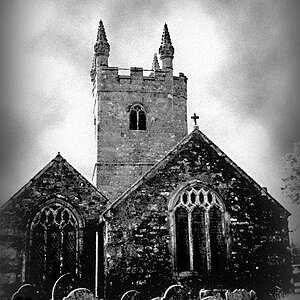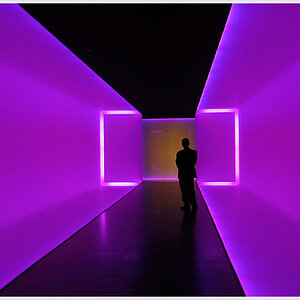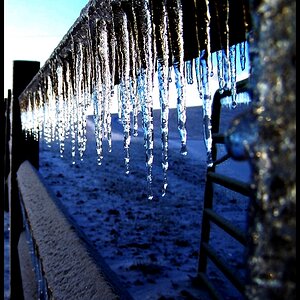meg27
TPF Noob!
- Joined
- Aug 22, 2005
- Messages
- 116
- Reaction score
- 5
- Location
- Chichester
- Website
- www.mojocreative.co.uk
Hi,
I made a post a few weeks ago asking for advice on photographing skies. I recieved great replies recommending i buy polarisers and perhaps blue intensity filters. Which i am hoping to do next week!
But in the mean time, i was down in devon with my family having a walk on the beach, it was very cloudy in land, getting lighter over the sea. Then suddenly the cloud broke over the sea in a beautiful patch of blue, and the clouds had golden linings becaus the sun was setting. So i whipped my camera out and starting snapping away, very excited! I bracketed the exposure, to experiment with what would be best with this kind of light.
However today i got the prints back.
They were awful! The beautiful patch of blue was hardly noticable, and the whole sky was grey white. And all my foregrounds looked so dull!!!! Even though on the day everthying looked to bright and colourful!!
I had also taken some picture the next day of what did look like a beautuful moody sky with shafts of lights comming through making slivers of silver in the sea. But once again, GREY GREY GREY!! My shafts af light were non-existent!!!!!!! I'm feeling like i want to give up, my only hope is the filters i'm buying next week! But the results were SO bad that i'm beginning to doubt that they will help enough, if at all?!
Will some one please help me!!???
My camere is a Pentax MZ-5N. I was using my 28-70 lens and some with my 80-200.
I was using Fuji Film, superia 200.
I did have everything on automatic as as you can tell i'm still learning!
Please help me!
I made a post a few weeks ago asking for advice on photographing skies. I recieved great replies recommending i buy polarisers and perhaps blue intensity filters. Which i am hoping to do next week!
But in the mean time, i was down in devon with my family having a walk on the beach, it was very cloudy in land, getting lighter over the sea. Then suddenly the cloud broke over the sea in a beautiful patch of blue, and the clouds had golden linings becaus the sun was setting. So i whipped my camera out and starting snapping away, very excited! I bracketed the exposure, to experiment with what would be best with this kind of light.
However today i got the prints back.
They were awful! The beautiful patch of blue was hardly noticable, and the whole sky was grey white. And all my foregrounds looked so dull!!!! Even though on the day everthying looked to bright and colourful!!
I had also taken some picture the next day of what did look like a beautuful moody sky with shafts of lights comming through making slivers of silver in the sea. But once again, GREY GREY GREY!! My shafts af light were non-existent!!!!!!! I'm feeling like i want to give up, my only hope is the filters i'm buying next week! But the results were SO bad that i'm beginning to doubt that they will help enough, if at all?!
Will some one please help me!!???
My camere is a Pentax MZ-5N. I was using my 28-70 lens and some with my 80-200.
I was using Fuji Film, superia 200.
I did have everything on automatic as as you can tell i'm still learning!
Please help me!





![[No title]](/data/xfmg/thumbnail/40/40285-2ce5915035c220ccb3485030863b62d0.jpg?1619739408)







![[No title]](/data/xfmg/thumbnail/40/40286-86401b94de8b01bea8bb4ea154aaea0a.jpg?1619739408)